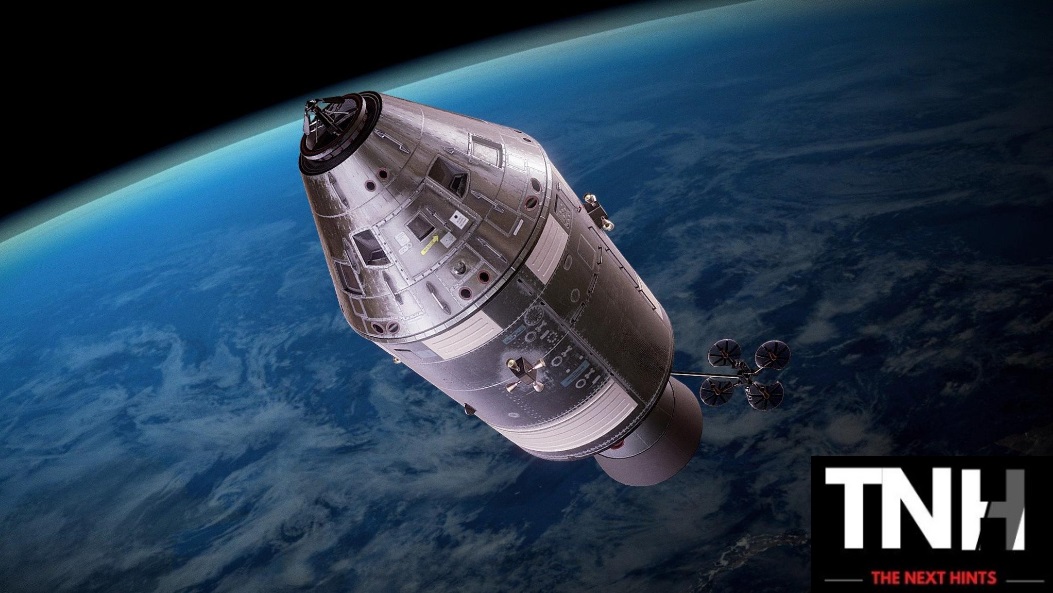The Apollo Command Module Training Card is an excellent resource for learning the many functions of the command module in the Apollo space shuttle. It includes an easy to follow diagram and instruction manual that can be referred to on a regular basis. This card is also an invaluable tool for pilots and technicians alike.
Structure
The Apollo Command and Service Module was one of the most important components of the Apollo spacecraft. It provided electrical power, propulsion, and carried a crew of three astronauts to the Moon.
This was one of the first NASA-designed spacecraft. Unlike the Soviet spacecraft Sputnik, which was built as a reconnaissance aircraft, the Apollo was designed with a manned mission in mind.
The command module was built by North American Aviation. It included a quick escape hatch, metallic heat shield coating, and crew couches.
The lower equipment bay held various communications beacons, medical supplies, and telescopes. A sextant and Guidance and Navigation computer were also installed.
The scientific instrument module contained a package of lunar orbital sensors, including a 24-inch focal length camera developed for Lockheed’s SR-71 reconnaissance aircraft. There were also omnidirectional antennas for ground communications during Earth orbital missions.
Two broad-beam low-gain dish antennas were also installed. These were stacked to provide structural support for the high-gain dish.
AJ10-137 engine
The Aerojet AJ10-137 rocket engine was used to launch the Apollo Command/Service Module into lunar orbit. In the process, the service propulsion system pumped 20,500 pounds of thrust into the command module to lift it off the Moon. This was done to prepare it for the rendezvous with the Soviet Soyuz spacecraft.
Once the service propulsion system was on the Moon, the engine would burn the correct amount of time to accelerate the spacecraft back to Earth. However, this maneuver could damage the engine.
After the flight, the AJ10-137 was modified to function as the main propulsion system for the Othrys tug. It was also adapted to serve as the primary propulsion system for Space Shuttle Orbital Maneuvering System missions.
The Command/Service Module (CSM) was a spacecraft designed for NASA by North American Aviation. It was the first of two spacecraft developed for the Apollo program.
The CSM was originally envisioned to fly direct-ascent missions. However, the change to lunar-orbit rendezvous came too late.
AS-202 and AS-203 test flights
The Apollo Command Module (CM) was built by North American at their facility in Downey, California. In November 1961, NASA announced plans to build a command module to fly on the Apollo spacecraft. However, a cabin fire during a rehearsal test destroyed the CM.
CM was first used in Earth orbital shakedown flight, launching on a Saturn IB rocket. During the test, the CM performed well, but the reentry was hampered by a cabin fire. This event prompted NASA to restart testing.
The Apollo CM was designed to accommodate a three-man crew, and it was meant to land on a dedicated landing module. A third parachute was added as a safety measure.
The CM was a complex piece of engineering, and the engineers opted for shirtsleeves in the cabin for a more comfortable experience. One of the strangest things about the CM was its oxygen feed system. It smelled of buttermilk.
It was also the heaviest crewed prototype at 20,275 kilograms. The CM’s main objective was to test the capabilities of the CSM and its various subsystems, including its heat shield.
Problems
If you’ve ever had an Apollo Command Module training card in your hands, then you know that there were plenty of problems. As an example, during a test, a cabin fire destroyed the command module. The crew died and NASA was forced to postpone the flight. And then there was the explosion that punctured the second oxygen tank. This accident required some unusual procedures. But these were a few of the many issues that plagued the Apollo program.
The Apollo program was a fast-paced one. They were considered a pinnacle of engineering, but they weren’t as smooth as you might think. Their development was so fast, they often took on late changes that caused duplication. There were six phases to the mission, and they were loosely broken into three stages.
One stage was the “Plugs Out” test, which was a simulation of a countdown to launch. This test used a cabin pressurized with 16 pounds of pure oxygen. When the temperature in the cabin degraded, the release motor was turned on by a locking spool. A few minutes later, the crew saw an increase in oxygen flow through their suits.


